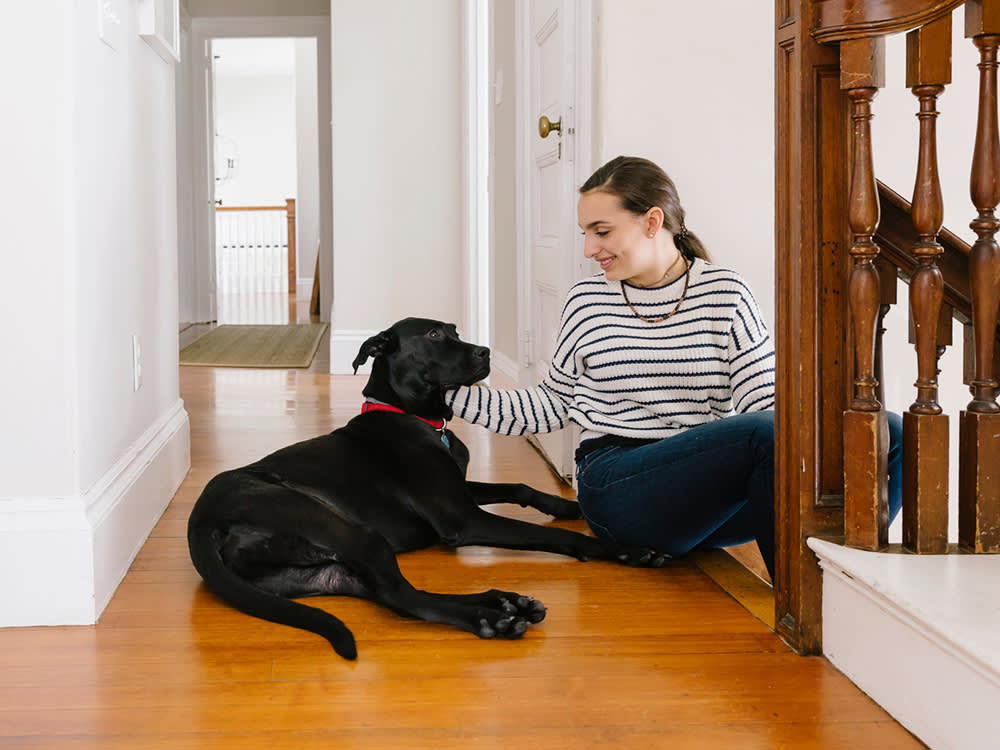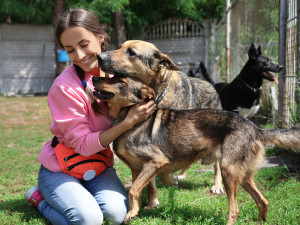How to Be a Great Pet Sitter
Be better than basic. These three pet sitting rules will ensure you’re the type of sitter that keeps clients raving.
Wish you could play with pups and kitties all day? Well, a career in pet sitting might be for you. Pet sitters play a huge role in the lives of both pets and pet parents. But, there’s more to being a good pet sitter than providing basic pet care. The differences between a good (or even great) pet sitter and a mediocre one are in the details. Anyone can feed and leave water for a pet, but to be an excellent pet sitter (and one that your clients rave about), you should follow these three rules:
1. Know before you go.
Meet with the client and their pet in their home before beginning the pet sitting assignment. Develop a rapport with both the pet and the pet parent. If you are great with pets but not so much with people, you still need to step out of your comfort zone and get to know the client. Ask questions. What are their primary concerns? Find out their pain points and strategize ways to eliminate them.
Get down on the pet’s level and interact with them. Reassure your client that you’ll attend to and care for their cat or dog in the best possible manner. Be sensitive to the fact that leaving a pet at home can be stressful for both the pet and pet parent.
Record all pertinent information, including emergency contacts, veterinarian information, feeding instructions, medications, alarm codes, etc. This might be the last time you see the (human) client, so be as thorough as possible. And that brings us to rule number two.
How much do you spend on your pet per year?
2. Manage expectations.
Managing the pet parent’s expectations is crucial and can be the difference between success and failure at the job. If you find out during your initial meetings that the client wants something you can’t provide, be upfront about it. It’s essential that you are both on the same page.
Discuss what each visit will entail and go over a typical day in the life of their cat or dog. Be realistic with clients about what time you will be at their home for each visit and for how long. Make sure you discuss any secondary tasks you might be expected to perform, such as watering plants, bringing in mail, or turning the lights on and off each day.
3. Go above and beyond the call of duty.
Don’t wait for your client to “check in” with you. Instead, proactively communicate with your client. Text them when you arrive at their house and give a status update, reassuring them everything is in order and their pets are doing well.
Recognize the needs of the pets and respond accordingly. Be patient and calm with pets that are withdrawn or scared. Pets are sensitive to change and may be missing their people; maintain their schedule as much as possible. When the pet is feeling comfortable, send pictures to the client, letting them know you’re giving them extra attention. When the client gets that text with the smiling face of their pet, they’re going to know they made the right decision in hiring you.
On your last visit, tidy up the client’s home and brush the pets, so they look good for their parents’ return home. Leave a handwritten note sharing an anecdote or two about an adventure you had with their pets. Express gratitude and interest in any future pet-sitting opportunities while assuring your client they can contact you if they have any specific questions.
Remember, leaving a pet behind can be overwhelming, even if it is to take that dream vacation. Use these rules to separate yourself from the average pet sitter, and soon your phone will be ringing off the hook.





